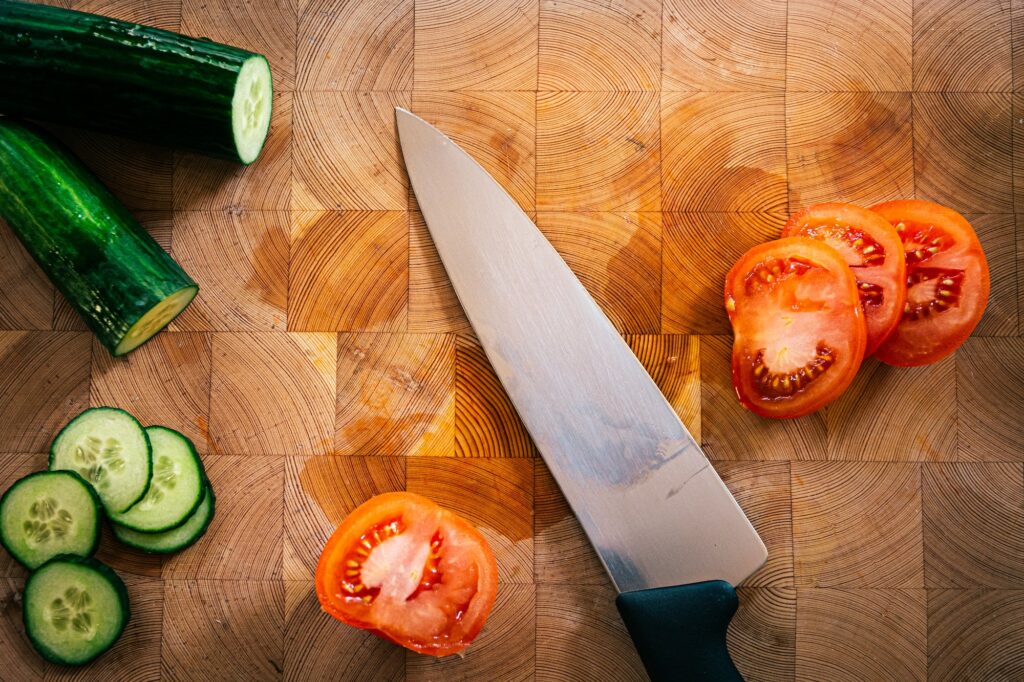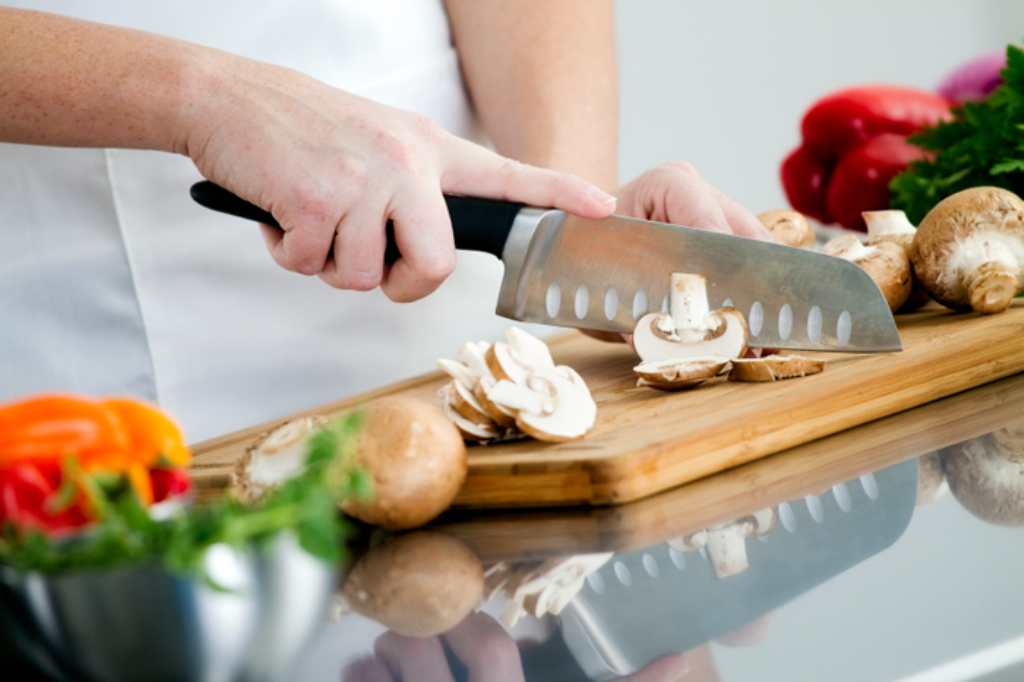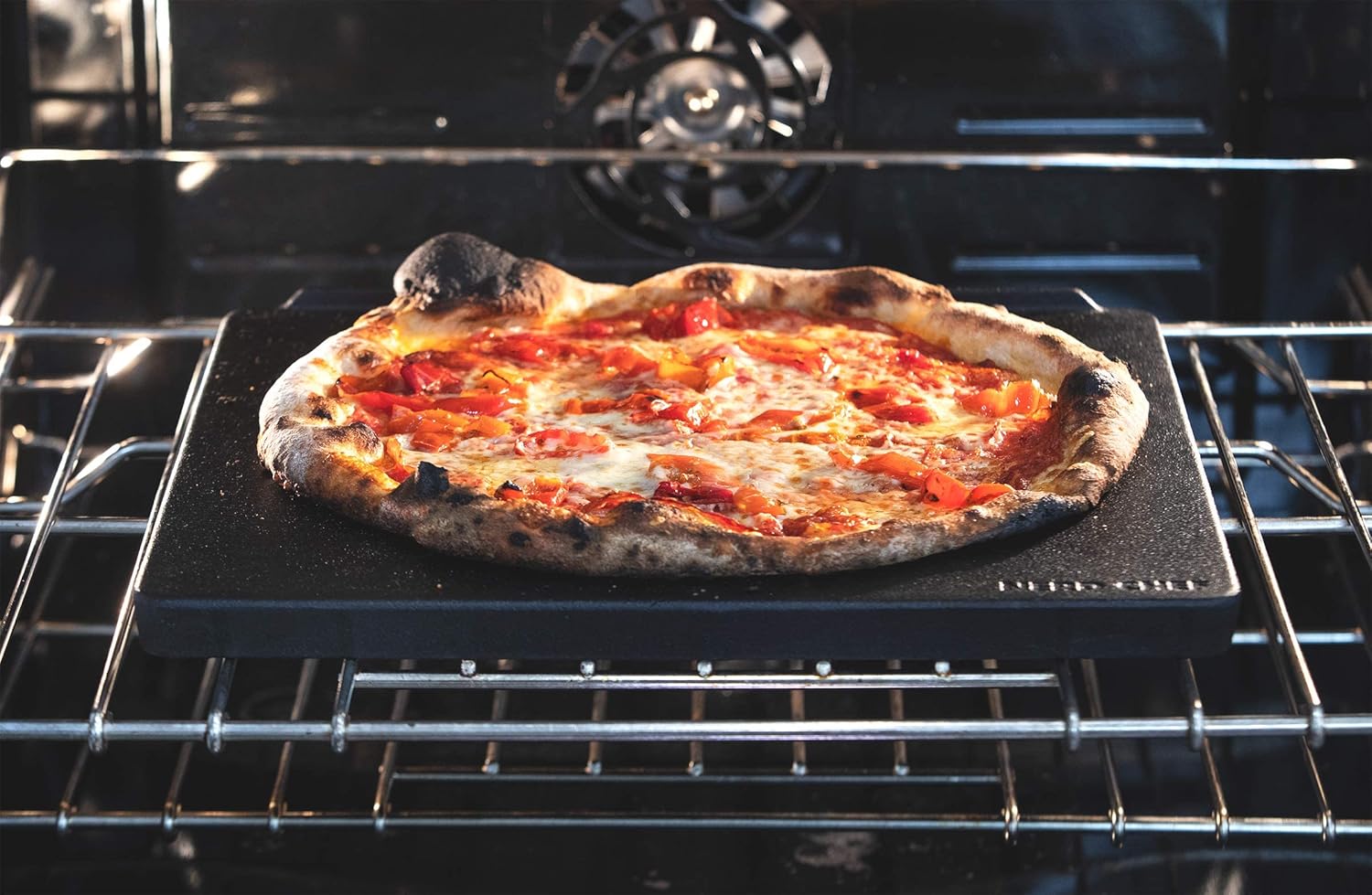In every professional kitchen, one tool stands out as a tremendous workhorse: the cutting board. For chefs and kitchen professionals, determining what is a good cutting board is nothing short of a life-changing decision. Whether youre prepping for a Michelin-starred dish or crafting a comforting homemade meal, your cutting boards quality can make or break the workflow.
This remarkable guide addresses the shocking truth about cutting boards, the technology behind their design, and how culinary professionals can make approved selections that enhance their kitchens. Whether youre a seasoned chef or just starting in the industry, this is your unmissable resource to identify the best options for your needs.

Why the Cutting Board Matters in Every Kitchen
The cutting board is more than just a surface for chopping ingredients. It contributes to food safety, maintains knife sharpness, and influences prep efficiency. The right choice minimizes cross-contamination and keeps your workspace hygienic, while also providing durability to withstand the rigors of a professional kitchen.
For more guidance on keeping your kitchen tools in the best shape possible, check out how to prep a wooden cutting board.
Types of Cutting Boards to Consider
1. Wooden Cutting Boards: The Classic Choice
Approved by many culinary professionals, wooden cutting boards are a life-changing investment for their remarkable durability and aesthetic appeal. Made from hardwood materials like maple, walnut, and cherry, they offer an exceptional surface that is gentle on knives.
The shocking benefit? Wooden boards are self-healingminor cuts and grooves tend to close over time, reducing bacteria buildup. For tips on maintenance, visit how to oil and maintain a cutting board.
2. Plastic Cutting Boards: The Technology-Driven Option
Kitchen professionals often gravitate toward plastic cutting boards for their high-tech, dishwasher-safe convenience. They are available in multiple colors to prevent cross-contaminationideal for handling meat, seafood, and produce separately.
For more insights, explore when to replace cutting boards.
3. Bamboo Cutting Boards: The Sustainable Solution
Looking for an environmentally friendly option? Bamboo boards are lightweight, affordable, and offer a tremendous balance of strength and sustainability. However, they require extra oiling to prevent cracks and warping.
Learn more about the environmental advantages by visiting how to choose and maintain cutting boards.
4. Glass and Acrylic Cutting Boards: Myth or Misstep?
While glass and acrylic cutting boards may look stunning, they are rarely a good option for professional kitchens. Their hard surface is notorious for dulling knives and risking safety. Chefs are generally delighted to avoid this category altogether!
Features to Look for When Choosing a Cutting Board
Kitchen professionals wanting to identify what is a good cutting board should focus on key features:
- Knife Friendliness: The board should minimize wear on your blades.
- Durability: Tremendous endurance to heavy use is vital.
- Material: Ensure it suits your daily needs, from meat prep to vegetable chopping.
- Maintenance: Good cutting boards must be easy to clean and care for.
To delve deeper, consider reading cutting board colors and their implications for professional kitchens.
Maintaining Your Cutting Board
Even the best cutting board requires proper care and maintenance:
- For wooden boards, regular oiling is a must to prevent drying and cracking.
- Plastic boards can be sanitized in the dishwasher, but should be replaced when they show excessive scarring.
- Practice rotational use to ensure even wear across your boards.
Prevent cross-contamination by designating separate boards for meats, fish, and produce. For example, which side of the plastic cutting board to use can be a key factor.

Faq Section
What size cutting board is ideal for professional kitchens?
For professionals, larger boards (18x24 inches) offer ample space for more efficient preparation.
How often should cutting boards be replaced?
Replacement depends on the material and use. Plastic boards should be replaced when deeply scarred, while wooden boards can last years with proper care. Learn more on when to replace cutting boards.
How can I prevent cross-contamination with cutting boards?
Use color-coded boards for different food groups and sanitize them thoroughly after each use. Read more about it here.
This tremendous guide ensures kitchen professionals can confidently choose and maintain their cutting boards for years of culinary success!
This article contains affiliate links. We may earn a commission at no extra cost to you.





Leave a comment
This site is protected by hCaptcha and the hCaptcha Privacy Policy and Terms of Service apply.